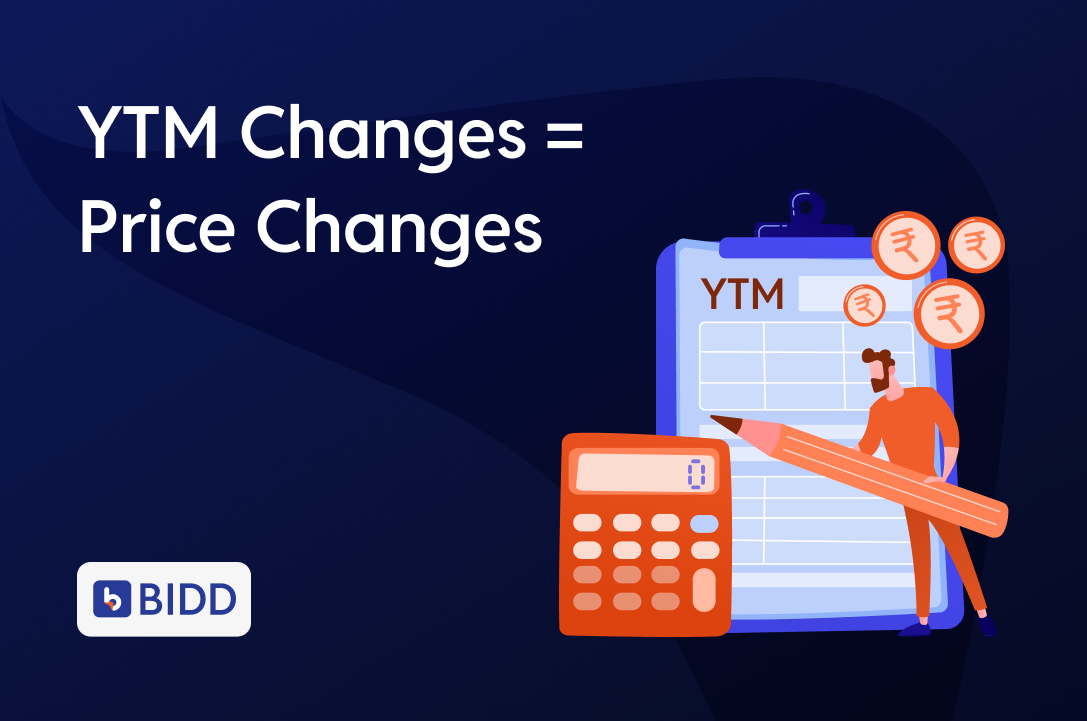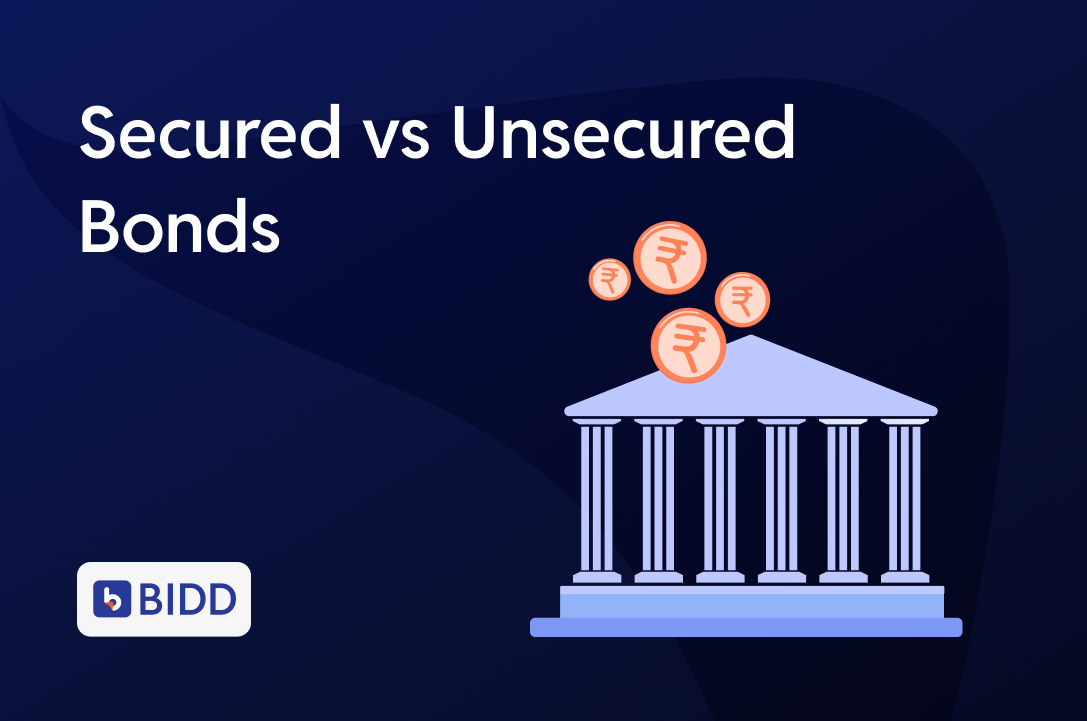Why Bond Prices Move When Yields Change
Let’s Start with a Quick Question
You buy a bond offering a 10% return (YTM).
All looks great. You’re earning well.
Then suddenly — market yields fall to 8%.
Now, your bond is worth more.
Why?
Because in the world of bonds, price and yield move in opposite directions.
Let’s break that down — simply and clearly.
First, What Is YTM?
YTM (Yield to Maturity) is the return you earn if you buy a bond today and hold it until maturity — assuming all payments are made as promised.
Think of it as:
Return = (Coupons + Price Gain/Loss) ÷ Time
The Golden Rule of Bonds:
Let’s Simplify This with an Analogy
Think of It Like Chai
You’re used to buying your favourite chai for ₹20.
Suddenly, chai is ₹30 everywhere.
But your friend still sells it at ₹20.
That offer now feels like a great deal.
Similarly, if your bond pays more interest than the market, it becomes more attractive — and people are willing to pay a higher price to get it.
Let’s See This in Action
Bond A:
- Face Value: ₹1,000
- Coupon Rate: 10% → ₹100/year
- Maturity: 3 years
- Market YTM = 10% → Price = ₹1,000
Now market YTM drops to 8%.
To match this yield, your bond must increase in price — so the ₹100 payout reflects only an 8% return.
New Price ≈ ₹1,080
If YTM rises to 12%, that ₹100 doesn’t look as attractive anymore.
So, the bond price drops.
New Price ≈ ₹930
Why Do Yields Change?
- RBI repo rate decisions
- Inflation expectations
- Investor demand for bonds
- Changes in credit quality or risk
These factors impact market yields, which in turn affect bond prices.
But Wait — What If I Hold Till Maturity?
If you hold till maturity, price movements in the market don’t affect you.
You’ll still receive:
- Full principal
- Fixed coupon payments
- Your original YTM
This is true as long as there is no default.
But if you plan to sell early, understanding price fluctuations becomes crucial.
Real-Life Example
Bond B (Unlisted):
- Coupon: 11%
- Maturity: 5 years
- Bought at ₹1,000
If YTM drops to 9%, your bond is now in demand.
You might be able to sell it for ₹1,100+ — a capital gain.
If YTM rises to 13%, the bond becomes less attractive.
Its price could drop to ₹950 — a capital loss if sold early.
Why Should You Care?
Because price movements = real gains or losses
…especially if you sell your bond before maturity.
If you might:
- Exit early
- Rebalance your portfolio
- Book capital gains
…then YTM and market movements matter a lot.
Quick Recap: YTM vs Price
| YTM Movement | What Happens to Price |
| YTM goes down | Bond price goes up |
| YTM goes up | Bond price goes down |
If you hold till maturity:
You’ll get the YTM you signed up for — assuming no default.
Final Thoughts
Don’t let “Yield to Maturity” sound technical or intimidating.
At its core:
- Higher YTM = Lower bond price
- Lower YTM = Higher bond price
So, when you’re exploring bonds on Bidd or anywhere else, ask yourself:
- What’s the YTM today?
- Could it change in the future?
- Do I plan to sell before maturity?
Because bond investing isn’t just about fixed returns —
It’s about understanding how value moves.
In the world of bonds, knowledge is your best return.


